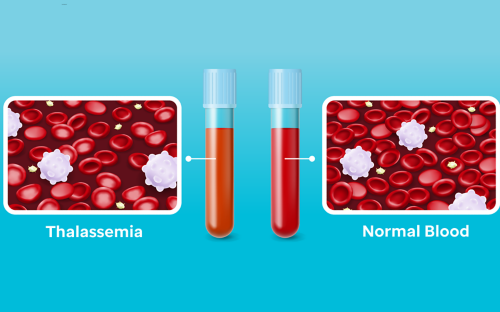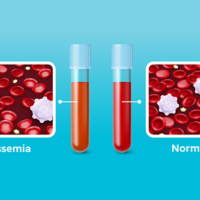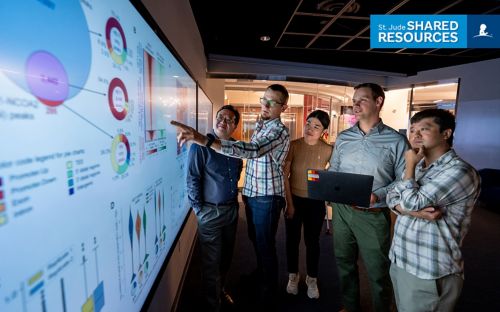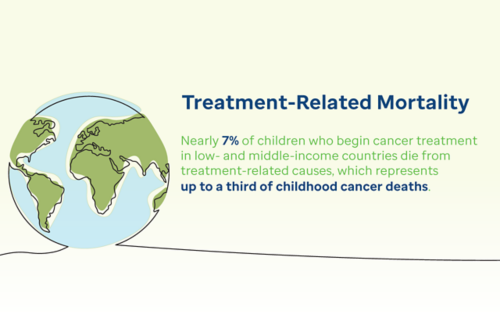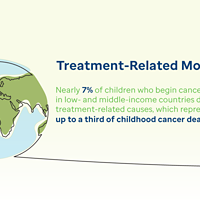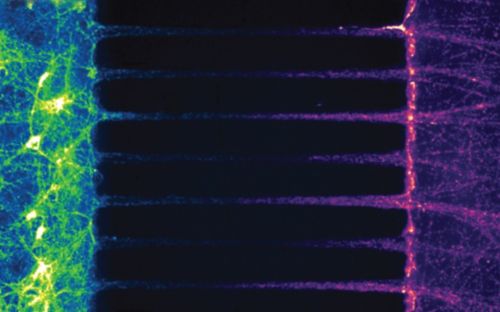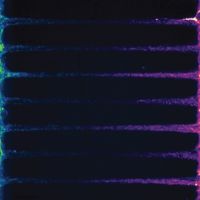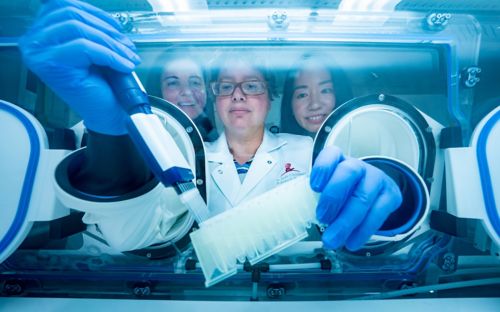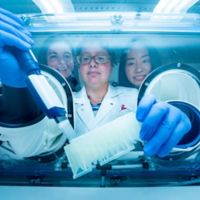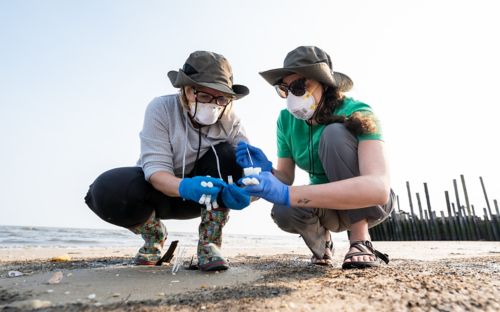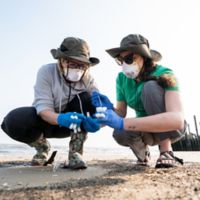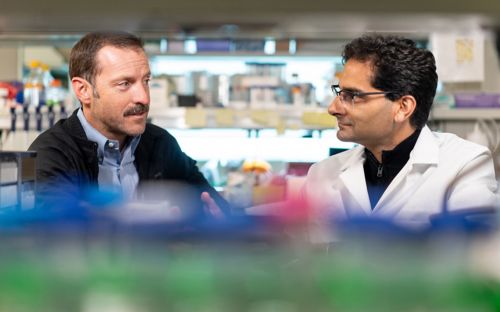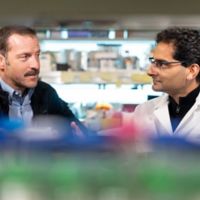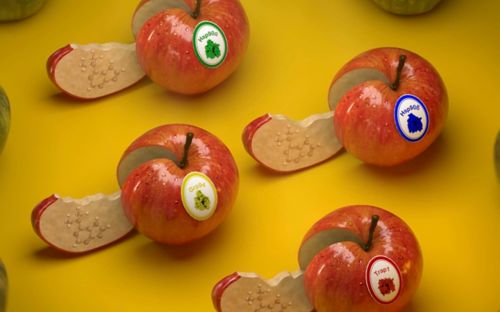St. Jude Family of Websites
Explore our cutting edge research, world-class patient care, career opportunities and more.
St. Jude Children's Research Hospital Home

- Fundraising
St. Jude Family of Websites
Explore our cutting edge research, world-class patient care, career opportunities and more.
St. Jude Children's Research Hospital Home

- Fundraising
Research
Learn about published research as well as leading-edge basic and translational research initiatives from St. Jude laboratories.
Missed connection no more: Science and serendipity solve a microRNA mystery
Find how a St. Jude discovery holds new promise for beta-thalassemia.
Shared Resources Spotlight: Center for Applied Bioinformatics
Meet the data scientists advancing research at St. Jude.
Addressing treatment-related mortality: Student’s research spotlights need for supportive care
Gathering data increases understanding of treatment-related mortality in low- and middle-income countries.
On the Road to Discovery: How Understanding Mitochondrial Trafficking Drives Change
Explore how mitochondrial research in the Vevea lab sheds light on neurons.
Healthy lifestyles: mitigating the risk of cognitive impairment in childhood cancer survivors
Discover how healthy lifestyles may protect cognitive abilities in childhood cancer survivors.
Spilling their guts: patient microbiomes may hold the secret to predicting outcomes after transplant
Gut microbiome predicts pediatric bone marrow transplant infections and other complications.
St. Jude avian flu hunters’ annual data collection provides context for ongoing pandemic
See how St. Jude collects avian influenza samples to stay a step ahead of the virus.
St. Jude Cloud visualizations empower scientist’s work
One scientist’s experience making high quality visualization with the St. Jude Cloud.
Targeting DNA damage repair gives radiation therapy a boost
Inhibiting DNA damage repair alongside radiation therapy can treat brain tumors.
It’s the little things that count – so let’s count the little things
Scientists in the Fischer lab are developing tools to explore new aspects of protein structure and function.
